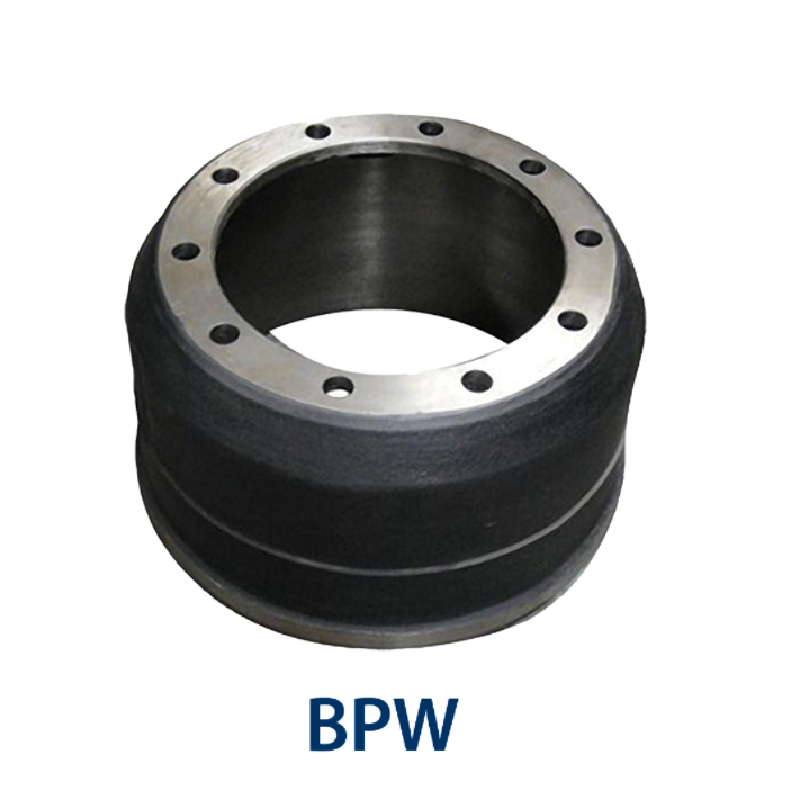Aug . 14, 2024 22:41 Back to list
Understanding the Functionality and Importance of Brake Drums in Automotive Systems
Understanding Brake Drums A Critical Component of Automotive Braking Systems
Brake drums are an essential component of automotive braking systems, playing a crucial role in ensuring vehicle safety and performance. These devices are primarily utilized in drum brake systems, which have been a staple in vehicle design for many years. The fundamental function of a brake drum is to facilitate the conversion of kinetic energy into thermal energy, thereby slowing down or stopping a vehicle when needed.
Construction and Functionality
A brake drum is typically made from cast iron, although some modern variants may use aluminum or composite materials to reduce weight. The design resembles a cylindrical shell that houses several vital components. Inside the drum, brake shoes are positioned against the inner surface of the drum. When the brake pedal is engaged, hydraulic pressure forces the shoes outward, pressing against the drum's inner surface. This friction generated between the shoes and the drum results in the deceleration of the wheel.
One of the primary advantages of drum brakes is their ability to provide strong stopping power, especially in larger vehicles or those carrying heavy loads. The design allows for a larger surface area for friction, which can be beneficial for dissipating heat generated during braking.
Understanding Brake Drums A Critical Component of Automotive Braking Systems
1. Cost-Effectiveness Brake drums are generally less expensive to manufacture and replace compared to disc brakes. This makes them an attractive option for budget-conscious consumers and manufacturers.
brake drum pdf

2. High Friction Area The larger circumference of the drum allows for increased friction surface area, which can enhance braking performance, particularly under heavy loads.
3. Self-energizing Mechanism In some designs, a self-energizing mechanism can increase braking force, utilizing the momentum of the drum's rotation to apply additional pressure against the brake shoes.
Limitations and Considerations
Despite their advantages, brake drums do have some limitations. One significant drawback is the potential for heat buildup. Continuous braking can lead to overheating, resulting in brake fade, where the braking efficiency diminishes. This is particularly noticeable in high-performance or heavy-duty applications. Moreover, the enclosed design of brake drums can make inspection and maintenance more challenging than with disc brakes, which are more accessible.
Additionally, brake drums can be heavier than disc brake systems, impacting overall vehicle weight and fuel efficiency. As vehicles evolve, manufacturers are increasingly opting for disc brakes on a wider range of models for improved performance and heat management.
Conclusion
In summary, brake drums remain a vital component of many braking systems, valued for their durability, cost-effectiveness, and ability to provide reliable stopping power. While they have some limitations, the benefits they offer make them suitable for various applications, particularly in larger vehicles. As technology continues to advance, it will be interesting to see how the design and functionality of brake drums evolve to meet the demands of modern automotive engineering. Understanding the intricacies of brake drums can enhance vehicle safety and performance, highlighting their importance in the automotive industry.
-
High-Performance Brake Drum Liza Durable Drum Brake Solutions
NewsMay.18,2025
-
Brake Drum Liza High-Quality Drum Brake & Shoe Compatibility
NewsMay.18,2025
-
Brake Drum Liza High-Quality Drum Brake Components & Shoes
NewsMay.18,2025
-
IVEKO High-Performance Brake Drums Durable & Precision-Engineered
NewsMay.17,2025
-
Brake Drum Man High-Quality Drum Brake & Shoe Solutions
NewsMay.17,2025
-
Brake Drum Man Premium Drum Brake & Shoe Solutions OEM-Compliant
NewsMay.16,2025
